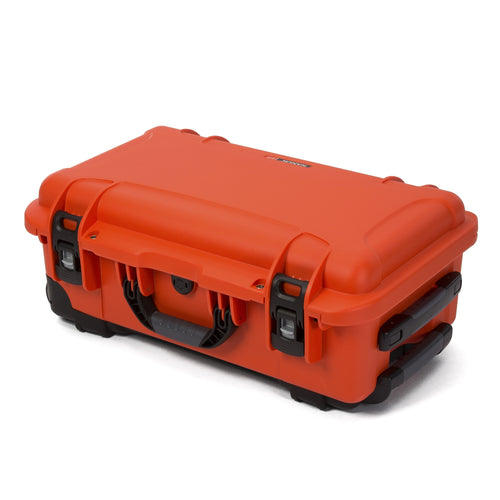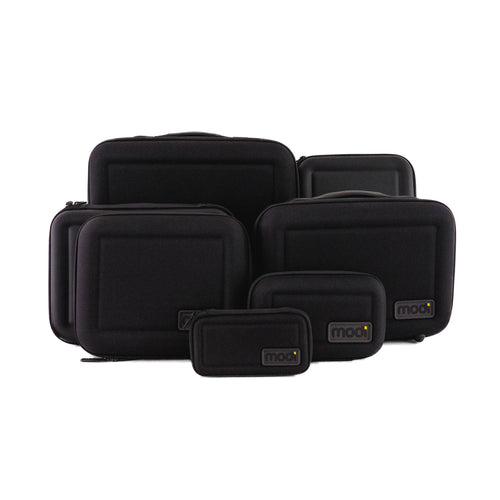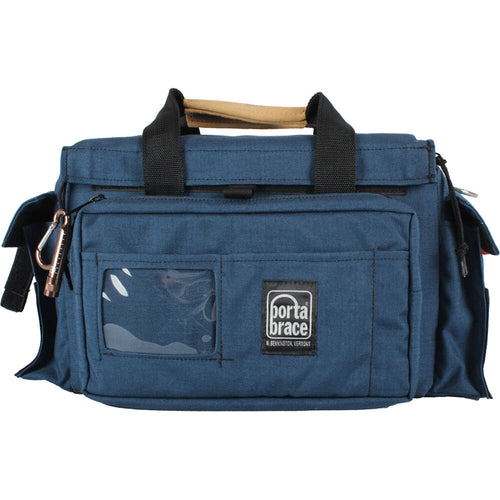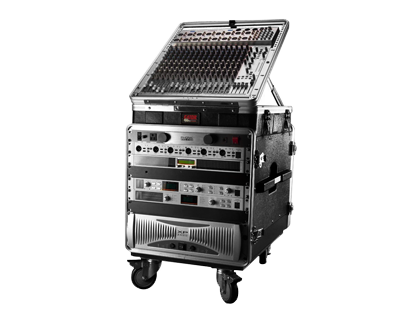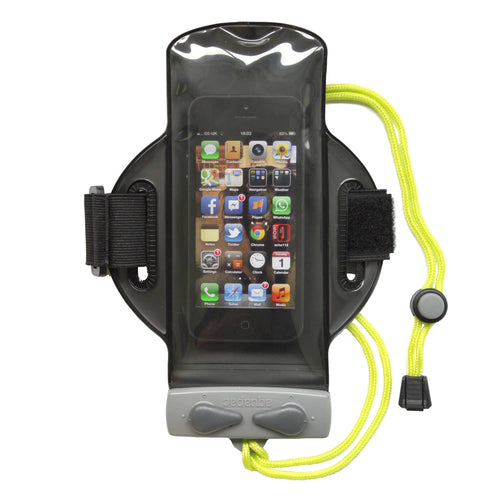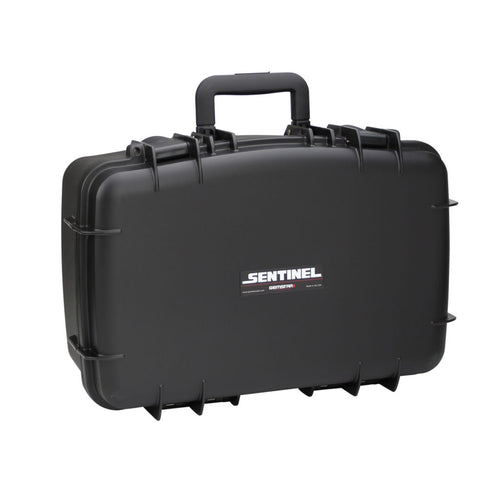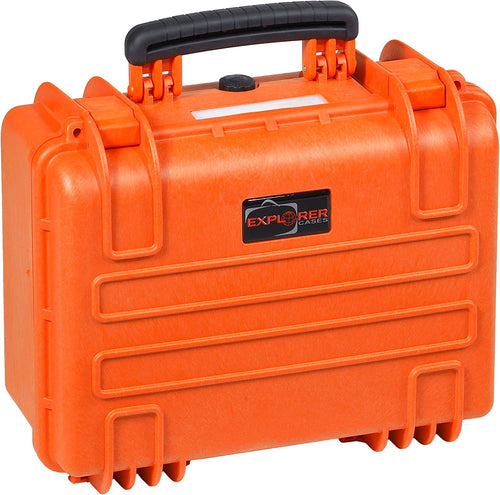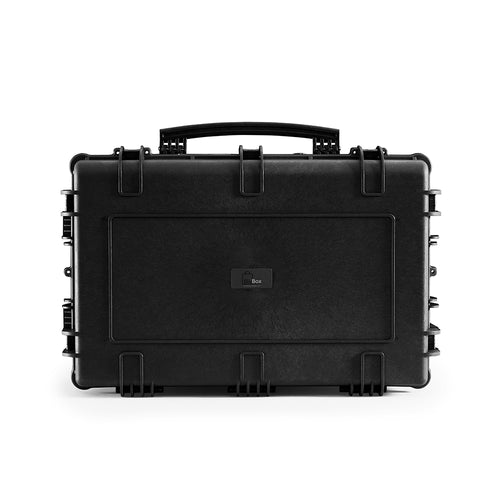Carry On Cases Guidelines
A guide to help you find the best airline-approved carry-on case or luggage for your next flight.
Whether you’re traveling on Continental or American Airlines, JetBlue or US Airways, you’ll likely encounter a different set of rules for carry-on luggage each time you approach the gate. Why set yourself up for a nightmare?
Cases By Source offers cases that not only protect your precious and delicate gear, but also meet the majority of airlines’ (generalized) carry on size specifications. And if the overhead bin’s packed to capacity? At least you can rest assured that your equipment will be safe and secure inside the protective case while stowed in the plane’s cargo hold.
Source is dedicated to helping you find the best solution to get your wares from Point A to Point B. Whether you need a case that can be brought on board your next flight or a case that can be stored below, we have a wide variety of stock and custom containers that will help you transport your equipment around the corner…or around the globe.
Most airlines accept a carry-on case that measures 20” x 11” x 7.5” (internal dimensions*). Source offers a number of cases that meet those requirements, including (but not limited to):
|
CARRY-ON CASE OPTION |
ID LENGTH* |
ID WIDTH* |
ID HEIGHT* |
|
3i-2011-7B (with or without foam or moveable dividers)
|
20.5”
|
11.5”
|
7.5”
|
|
IM2500 (with or without foam or padded dividers)
|
20.5”
|
11.5”
|
7.2”
|
|
PC-1510 (with or without foam)
|
20.187”
|
11.375”
|
7.58”
|
|
PC-1510LOC
|
20.187”
|
11.375”
|
7.58”
|
|
PRX20118W (with or without foam)
|
20.08”
|
11.22”
|
7.83”
|
|
G-TOURCARRYONFO
|
19”
|
12.5”
|
6.5”
|
CARRY-ON BAGGAGE REGULATIONS FOR SOME DOMESTIC CARRIERS**
*Airline dimensions are external, Cases By Source dimensions are internal, hence our decreased general measurements.
**This information was last updated on 12-21-09. It is not an exhaustive list but merely a sampling of some domestic airline carriers. Please visit carriers’ individual Web sites (hyperlinks are provided above) for exceptions and more detailed information. Be sure to also check new requirements from the U.S. Transportation Security Administration (TSA) regarding restrictions to items in carry-on baggage.
HOW DO I MEASURE MY CASE TO SEE IF IT MEETS THE AIRLINES’ CARRY-ON BAGGAGE REGULATIONS?
The case industry defines a case as having “left to right,” “front to back,” and “top to bottom” measurements: LxWxH, respectively. To determine the corresponding sides of the case, visualize the case laying flat with the hinge on the side furthest from you (as if you were packing a suitcase).
The height measurement is typically broken down into two proportions called “splits”: The measurement of the lid (H1) and the measurement of the base/bottom (H2) are added together to get the full case height. For example: if H1 equals 4” and H2 equals 11”, your case’s height would be 15”.

Length: The longest measurement, looking down on the case – left to right.
Width: The narrowest measurement, looking down on the case – front to back.
Height: The top to bottom dimension, broken into two measurements: The "lid" is designated as H1 and the "base" is designated as H2.
Visit our customer service page for additional answers to Frequently Asked Questions.
WHAT’S THE EASIEST WAY FIND A CASE THAT MEETS AN AIRLINE’S CARRY-ON BAGGAGE CRITERIA?
Our Web site boasts superior search capabilities with faster, more inclusive returns on your searches. To find a case that meets your needs, you can:
-
Search by size, keyword, manufacturer or category
-
Set the range for almost any size using our movable scale
-
Search by inches or millimeters, or simply toggle between the two
-
Narrow down the search results by criteria such as case type, color, material, price point, ATA rating, accessories or manufacturing process

WHAT KINDS OF CASES TYPICALLY FIT AND/OR ARE ALLOWED AS CARRY-ON BAGS?
Using your chosen airline’s specifications for carry on and “personal items” as a guide, you can search the following categories to find your best case solution:
Many of these cases can be purchased with or without wheels and/or foam interiors. Even better? Customize your interior—we offer foam inserts and custom-molded interiors—to conform to your case’s contents for optimal security during transport.
The best solution? Build a custom case from scratch. Our sales engineers will guide you through the process, from Concept to Completion.




















